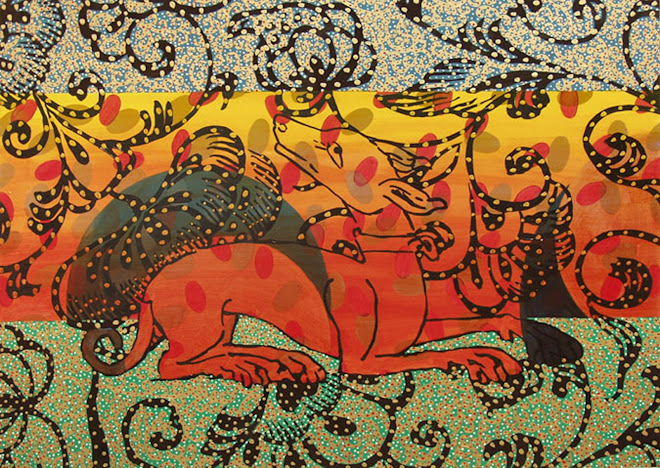
Eugenia Au Kim, teams up with curators Lisa Cooper and Joan Daidone to host a satellite exhibit to Art Hamptons across the street at The Design Studio, on Main Street in Bridgehampton. “Deep Dive. Journey beyond the Surface” features the work of contemporary women artists from Los Angeles and Hawaii as they explore the power, energy and mystical world of waterscapes, both real and imagined. The exhibit opens this week, and is open daily from 11am to 6pm.
West Coast Artists are taking a “deep dive” into the Hamptons Art Scene with a group show at The Design Studio, the interior design boutique. The exhibit is a collaboration between Interior Designer Eugenia Au Kim (www.designstudio-ny.com) and Elisa Tucci Contemporary Art (www.elisatucciart.com). Curated by Lisa Cooper and Joan Daidone, the exhibit showcases the work of Kaui-based artist Carol Bennett, LA-based “Flow” painters Suzan Woodruff and Kimber Berry, along with waterscapes of several
Hudson Valley artists.

The Art Exhibit entitled “Deep Dive. Journey Beyond the Surface” features new works by contemporary women artists as they explore the mystery, power and transformational qualities of water and waterscapes, both real and imagined. Using traditional, mixed and new media, including video paintings, the artwork transports the viewer on a journey to waterscapes both familiar and otherworldly.The exhibit features West Coast Women Artists in their first show in the Hamptons.
The exhibit includes a series of oil on wood paintings from Kauai-based artist Carol Bennett, mixed media acrylic paintings and an installation of Liquid Environments by LA-based Kimber Berry and sensual waterscapes from “Flow Movement” co-founder Suzan Woodruff. In addition, there are also “Video Paintings” by Hudson Valley artist, Rosalind Schneider.
For those interested in “living with art” that inspires and transform them, the exhibit showcases the work within elegant and balanced home settings, artfully designed by Feng Shui-inspired Interior Designer Eugenia Au Kim, known in the Hamptons and Manhattan for creating balanced and harmonious living spaces inspired by nature using organic materials and sustainable materials whenever possible.
According to Lisa Cooper, “Joan and I chose to collaborate with Eugenia because she has a deep appreciation for contemporary art. She is not the type of designer who looks for “art” as an accent to a piece of furniture. She has an emotional and spiritual connection to the work. She respects the work – and invites us to work as art consultants directly with her clients.”
The exhibit showcases artists and work that is exclusive to Elisa Tucci Contemporary Art, and is being shown for the first time in the Hamptons. The show will run through August 2nd, 2009.
What: Art Exhibit across from Art Hamptons
Deep Dive: Journey Beyond the Surface
Curated by Lisa Cooper and Joan Daidone, Elisa Tucci Contemporary Art
Where: The Design Studio, 2392 Main Street, Bridgehampton, NY
For more information contact: Joan Daidone, Elisa Tucci Contemporary Art, Joan@ElisaTucciArt.com or 212.982.0427












